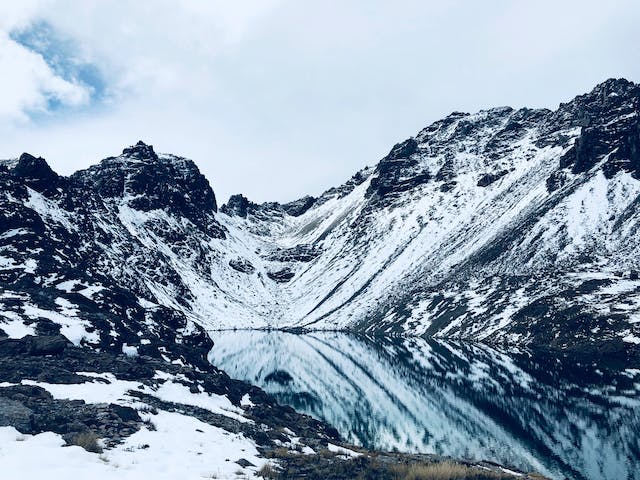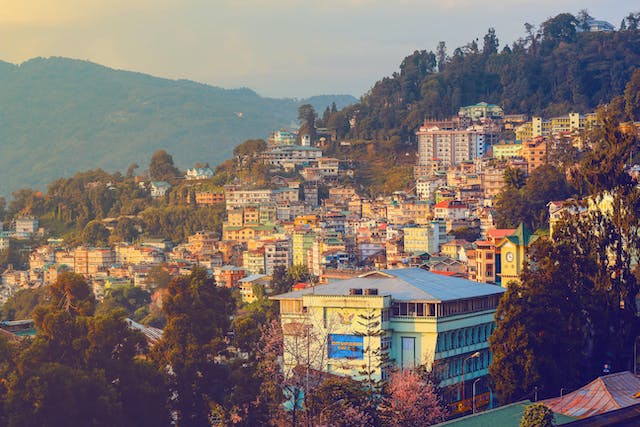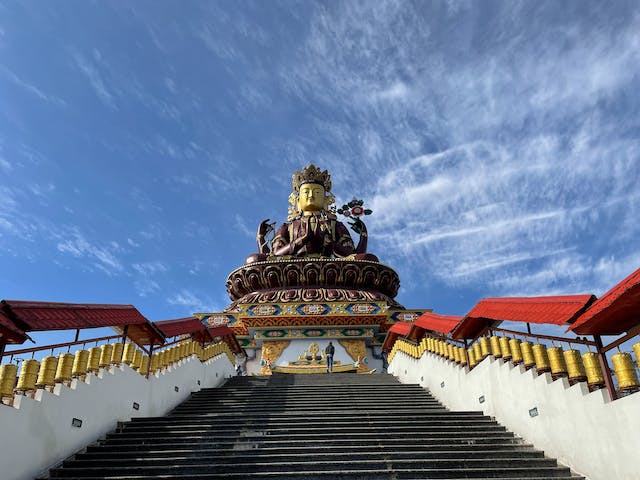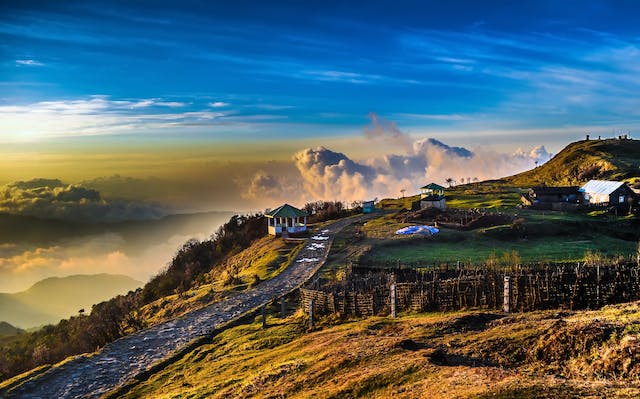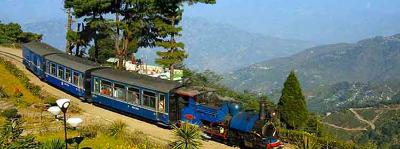Best time to visit Sikkim
Sikkim, a small state nestled in the northeastern part of India, is a haven for nature lovers and adventure enthusiasts. With its breathtaking landscapes, majestic mountains, pristine lakes, and rich cultural heritage, Sikkim has become a popular tourist destination. However, if you want to make the most of your visit to Sikkim, it is essential to plan your trip based on the best time to visit. In this blog post, we will explore the different seasons in Sikkim and help you decide when to plan your trip.
1. Spring (March to May):
Spring is one of the best times to visit Sikkim as the weather during this season is pleasant and the flowers are in full bloom. The temperature ranges from 10°C to 16°C, making it ideal for outdoor activities and sightseeing. The famous Rhododendron Sanctuary in Sikkim is a must-visit during this time, as it transforms into a vibrant sea of colors with various species of rhododendrons in full bloom.
2. Summer (June to August):
Summer in Sikkim is characterized by mild temperatures and occasional rainfall. This season is considered the off-season for tourists, which means you can enjoy the serene beauty of Sikkim without the crowds. Trekking and hiking enthusiasts can explore the popular destinations like Yuksom, Goecha La, and Dzongri during this time. The temperature ranges from 15°C to 25°C, offering a pleasant climate for outdoor activities.
3. Monsoon (September to November):
Sikkim experiences heavy rainfall during the monsoon season, which can make traveling difficult. Landslides and road blockages are common during this time. However, if you are a nature lover and want to experience the lush greenery and the beauty of waterfalls, monsoon can be an enchanting time to visit Sikkim. The temperature ranges from 17°C to 22°C, and the rainfall gradually decreases towards the end of November.
4. Autumn (December to February):
Winter in Sikkim is a magical time, especially if you enjoy snowfall and want to experience a winter wonderland. The temperature in Sikkim during winter can drop as low as -5°C, and heavy snowfall is common in the higher altitudes. Popular tourist destinations like Gangtok, Tsomgo Lake, and Nathula Pass are covered in a blanket of snow, creating a picturesque landscape. However, it is important to note that some roads and high-altitude tourist spots may be closed due to heavy snowfall.
Conclusion:
Choosing the right time to visit Sikkim can greatly enhance your travel experience. The best time to visit depends on your personal preferences and the activities you want to undertake. Spring and autumn are considered the peak seasons with pleasant weather, while summer offers a tranquil escape from the crowds. Monsoon can be a unique experience for nature lovers, and winter is perfect for snow enthusiasts. Plan your trip accordingly, and don't forget to check the weather forecast before traveling to make the most of your visit to Sikkim.
If you found this guide helpful, do share it with your friends and family who are planning to visit Sikkim!
Disclaimer : The information provided in this blog is for general informational purposes only. While we strive to keep the content accurate and updated, TravelSetu assumes no liability for errors or omissions. If you believe any part of this blog infringes your rights or causes concern, please notify us immediately at info[at]travelsetu[dot]com so that appropriate action can be taken.
